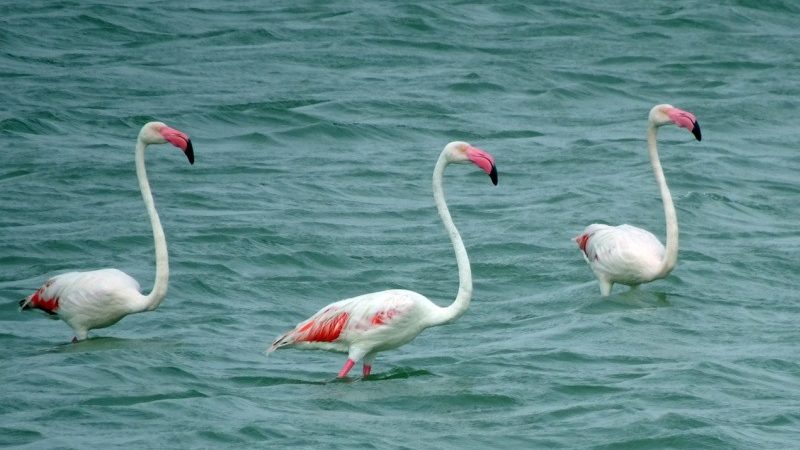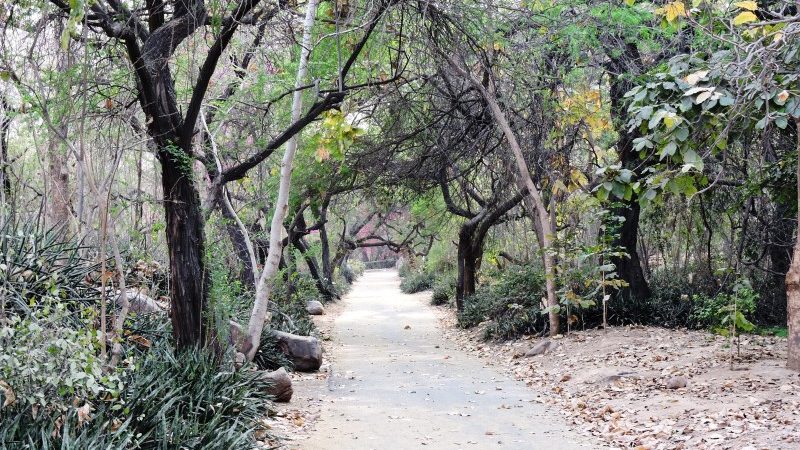Petition: Save Niyamgiri Mountain and its Tribal Community
Niyamgiri Hills, named after the Niyamraja, the main deity of the Donagria Kondhs, are one of last untouched wildernesses of Orissa. Rising to a height of more than four thousand feet, it is the source of Vamshadhara river as well as major tributaries of Nagaveli rivers. Niyamgiris form a distinct phytogeographical zone because of its height and its highly precipitous topography . It has some of the most pristine forests in Orissa. Niyamgiri flora is of ‘great phyto-geographical importance’ as the hilltops harbor high altitude plants with Himalayan/North Indian and Nilgiri/South Indian elements.
The Niyamgiri Hill is very sacred to the Dongaria Kondhs, a unique primitive tribal group found only in the Niyamgiri Hills. This tribe which is no less important that the endangered Jarawas of the Andamans is on the brink of extinction since the 2001 census reveals a total population of around 7,500 only. They consider the mountaintop of the Niyamgiri as inviolate and protect the forests on the top as “Kaman” forests, where their god Niyamraja Penu resides.
Source
However, The Supreme Court of India, after a case lasting over three years, is now about to give clearance to Sterlite/Vedanta to mine bauxite on the summit of Niyamgiri in the state of Orissa based on the recommendation of the Ministry of Environment and Forests (MoEF) as well as Government of Orissa. If mining is permitted there, two of India’s strongest Constitutional guarantees will be overturned: the right of a “primitive tribal group” to their territorial integrity and to decide on their own path of development (Schedule V of the Indian Constitution); and the right to religious practices and beliefs (Article 25 of the Constitution), since the summit of this mountain is sacred place of worship to the Dongria Kondh’s supreme deity Niyam Raja. In addition, the country will lose an important biodiverse region.
No tribal development or afforestation package can address the loss.




